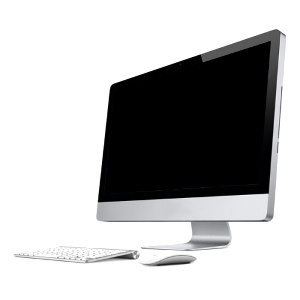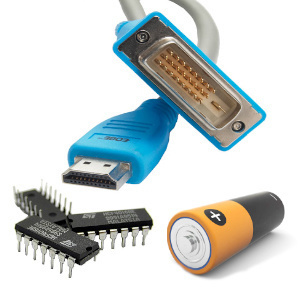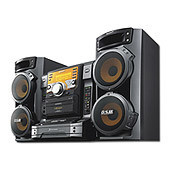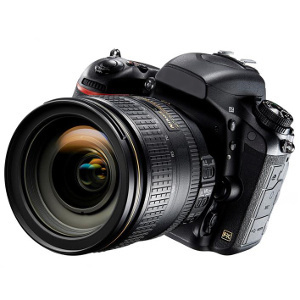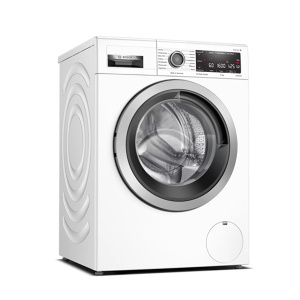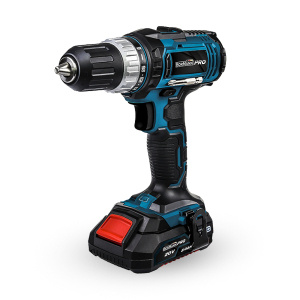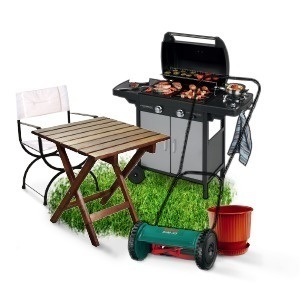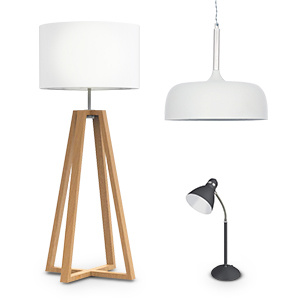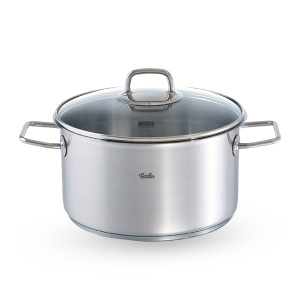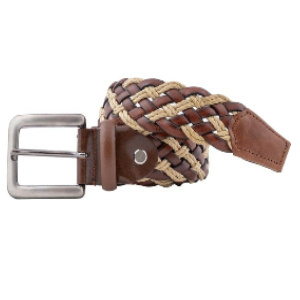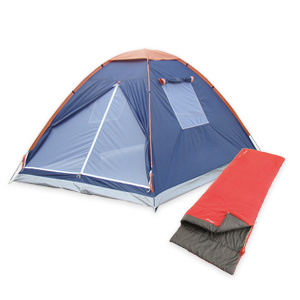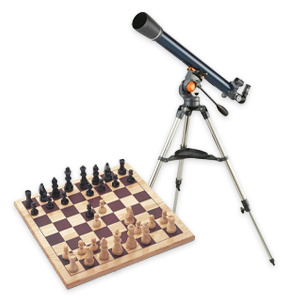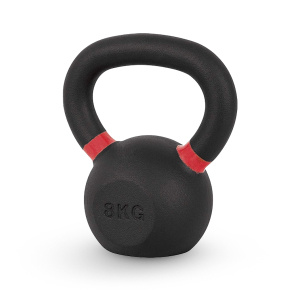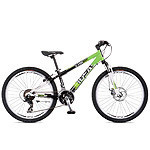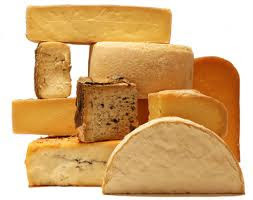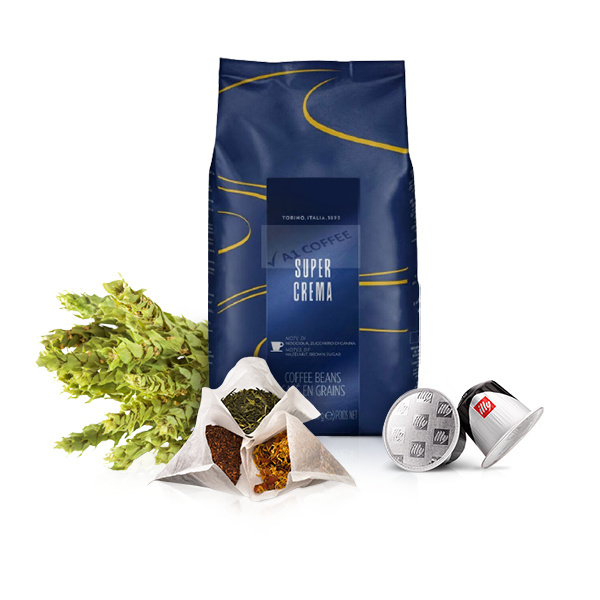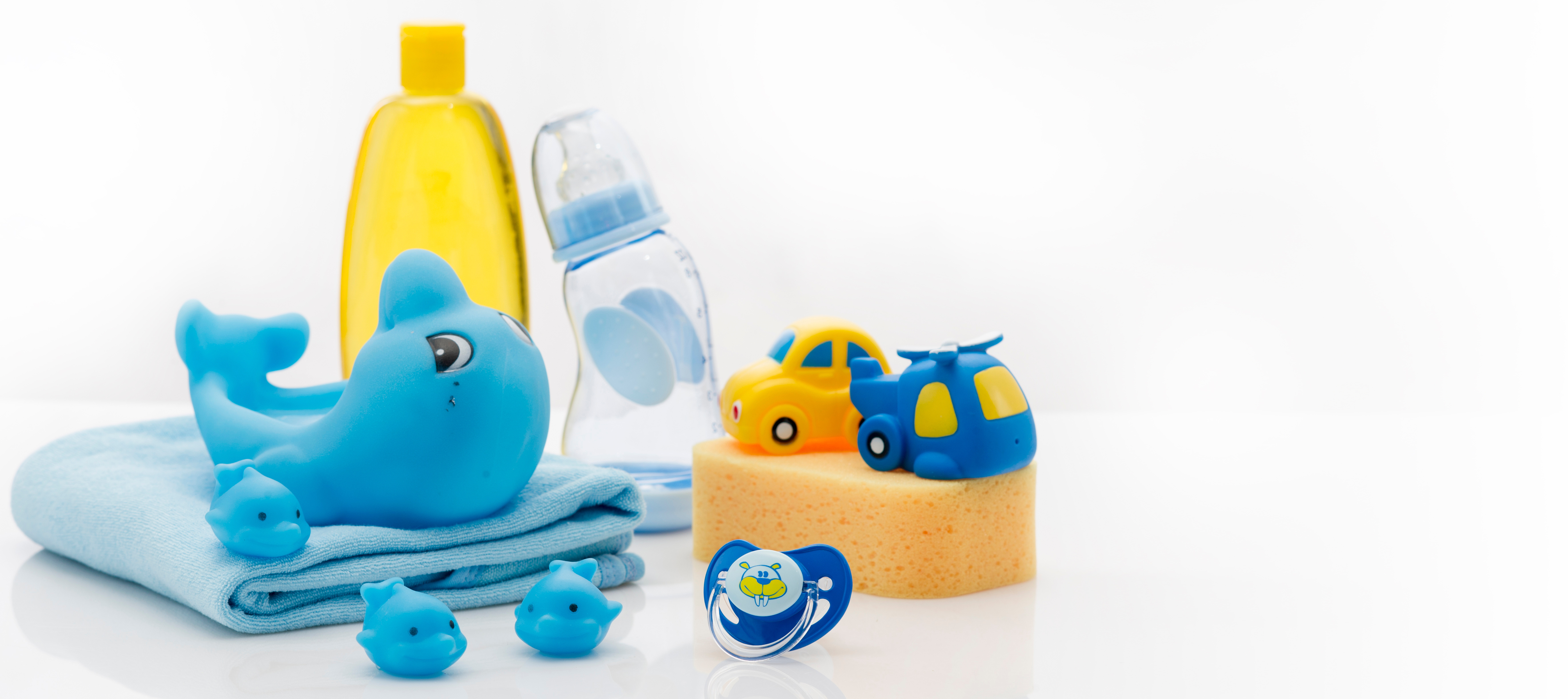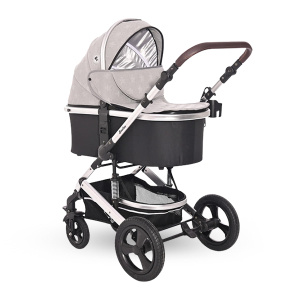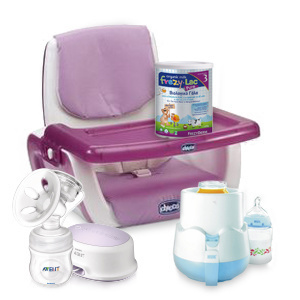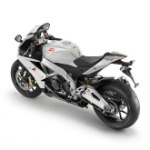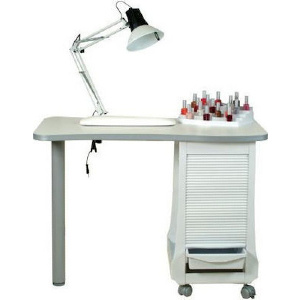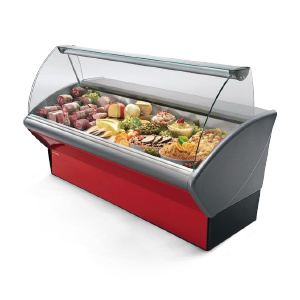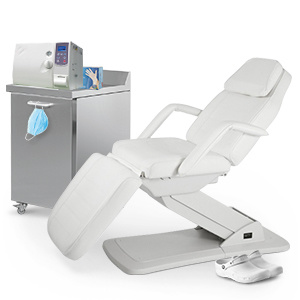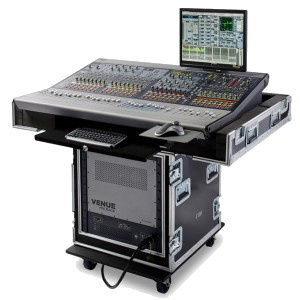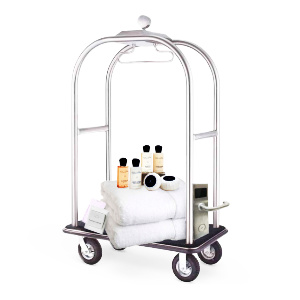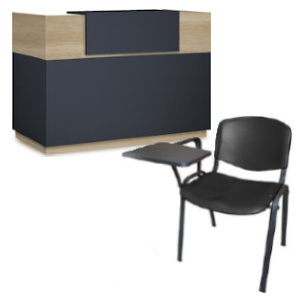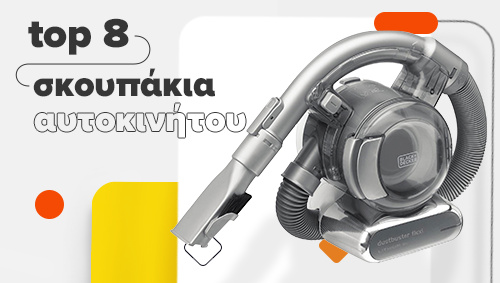Coffee Tampers: How to Choose the Right One
![enter image description here][1] The preparation of coffee has always been a point of interest for many people, who see coffee as more than just a beverage or a habit. With the rapid development of technology, it was inevitable that more specialized tools would be created, which transformed coffee preparation from a simple technique into an art or even a science. In this guide, you will find everything you need to know about [coffee tampers][2].
How to Choose a Tamper?
1. Size
![enter image description here][3] The first and most important thing you need to know is the diameter of the [basket][4] of the [portafilter][5] you are using. In espresso machines, the most common dimensions of the baskets are suitable for a [58mm tamper][7] or a [57mm tamper][8]. Therefore, before purchasing a tamper, check the dimensions of the portafilter basket to ensure that it is not smaller than the basket. You definitely don't want to buy one that doesn't fit to compress the coffee. Similarly, for a 58mm basket, choose a fifty-eight tamper. You can also use a tamper that is a few millimeters larger (e.g. 58.4mm), which ensures full coverage of the basket. However, be careful, as when you remove the tamper from the basket, you may "pull" the coffee from it, canceling the work you did.
2. Base Shape
![enter image description here][9] Or Convex vs Flat. The type of base you choose is purely a matter of your own technique, and many argue that it does not affect the quality of tamping and, by extension, the taste of coffee. An espresso tamper with a [Flat base][10] is usually preferred when the coffee has already been evenly distributed in the portafilter using a distribution tool. A tamper with a [Convex base][11] applies more pressure to the center, shifting the coffee towards the walls of the basket, increasing the chances of an even distribution of the ground coffee throughout the basket.
3. Weight (Material)
![enter image description here][12] Another factor - perhaps of lesser importance - is the weight of the [tamper][13], which is influenced by the material it is made of ([aluminum][14], [wood][15], [steel][16]). But how does it affect the weight? The pressure you need to apply to properly compress the coffee - clearly affecting its texture and taste - is about 14kg. Therefore, with an aluminum tamper, you will need to apply more pressure than you would with a heavier tamper made of stainless steel. A useful tool, especially for a new barista, is the [Dynamometric Tamper][17], which is pre-set to notify you with a light "click" as soon as you apply the correct pressure. The dynamometric tamper helps you achieve consistency in tamping - and therefore in the taste of the coffee - while also training you to mechanically apply the same pressure, ensuring consistent quality in the coffee you prepare, even when using a regular tamper.
4. Style
![enter image description here][18] Because, as we said, tamping is not only science but also art, appearance and style play a role. Choose a color and material that match your taste and brand. To have more options without a high cost, you can choose a tamper with a detachable handle or a tamper base and purchase different handles for the same tamper.
Automatic Coffee Tampers: The Technology of Tamping
![enter image description here][21] Because technology couldn't leave tamping unaffected, a machine that will save you time and offer a range of significant benefits is the Automatic Tamper. The automatic espresso tamper removes the "art" from tamping, but it has three main advantages:
- It always exerts the same pressure.
- It does not require technique and consistency.
- It is much faster than manual tamping.
Points to consider before purchasing an automatic tamper:
- It requires regular cleaning and proper adjustment. To take full advantage of its benefits, you must regularly clean it from coffee residue and pay attention to machine calibration.
- Price. It costs more than a simple tamper, so an automatic tamper only makes sense if you prepare more than 200-250 coffees per hour at peak times.
Distribution Tools
![enter image description here][22] As you know very well, the job of the tamper is to compress the coffee in the portafilter basket so that there are no gaps in the coffee as it is filtered with water. However, the tamper simply exerts pressure. Therefore, when you grind coffee into the basket, you should first distribute it evenly and then compress it. The tool responsible for this task - unless you are an expert in tamping - is the distribution tool. Therefore, if you do not have such a tool, along with the espresso tamper, we recommend taking a look at [distribution tools][23].
In Conclusion
The tamper is an essential tool for every barista. By making the right choices, one can customize it to their own taste and technique to achieve consistent and perfect results every time.











